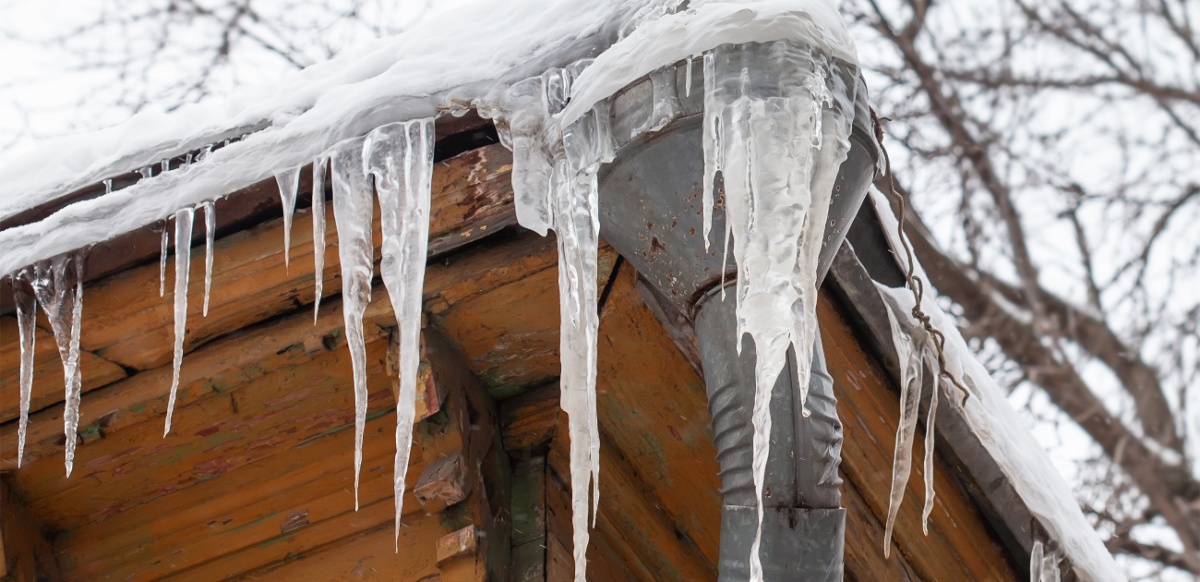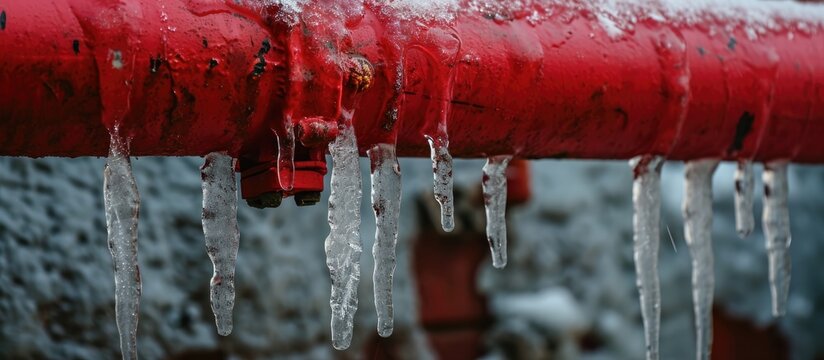Crucial Advice to Avoid Frozen Pipes in Cold Weather: Professional Guidance
Crucial Advice to Avoid Frozen Pipes in Cold Weather: Professional Guidance
Blog Article
The author is making several good points regarding Preventing and dealing with frozen pipes in general in this article below.

Cold weather can ruin your pipes, particularly by freezing pipelines. Right here's how to prevent it from occurring and what to do if it does.
Intro
As temperature levels decline, the risk of icy pipelines rises, potentially causing expensive repairs and water damages. Comprehending how to avoid icy pipes is crucial for house owners in cool climates.
Understanding Frozen Pipelines
What creates pipelines to ice up?
Pipelines ice up when revealed to temperature levels listed below 32 ° F (0 ° C) for expanded durations. As water inside the pipes freezes, it expands, taxing the pipeline wall surfaces and possibly triggering them to burst.
Risks and damages
Icy pipelines can bring about water supply disruptions, residential or commercial property damage, and expensive fixings. Ruptured pipes can flooding homes and trigger comprehensive architectural damages.
Signs of Frozen Piping
Determining icy pipes early can avoid them from bursting.
Exactly how to recognize frozen pipelines
Look for lowered water circulation from taps, unusual smells or noises from pipelines, and visible frost on revealed pipelines.
Prevention Tips
Shielding at risk pipes
Wrap pipelines in insulation sleeves or make use of warm tape to secure them from freezing temperature levels. Concentrate on pipes in unheated or outside locations of the home.
Heating methods
Keep interior areas effectively heated up, especially areas with pipes. Open cupboard doors to permit cozy air to circulate around pipelines under sinks.
Securing Outside Pipes
Garden tubes and outdoor taps
Separate and drain garden tubes before winter. Install frost-proof spigots or cover exterior faucets with shielded caps.
What to Do If Your Pipes Freeze
Immediate activities to take
If you think icy pipelines, keep taps open to relieve stress as the ice melts. Make use of a hairdryer or towels soaked in hot water to thaw pipelines slowly.
Long-Term Solutions
Architectural modifications
Consider rerouting pipes away from outside wall surfaces or unheated areas. Include added insulation to attic rooms, basements, and crawl spaces.
Upgrading insulation
Purchase high-quality insulation for pipelines, attic rooms, and walls. Proper insulation helps preserve constant temperatures and decreases the threat of frozen pipes.
Verdict
Stopping frozen pipelines calls for aggressive actions and fast reactions. By comprehending the reasons, signs, and safety nets, home owners can safeguard their plumbing throughout cold weather.
5 Ways to Prevent Frozen Pipes
Drain Outdoor Faucets and Disconnect Hoses
First, close the shut-off valve that controls the flow of water in the pipe to your outdoor faucet. Then, head outside to disconnect and drain your hose and open the outdoor faucet to allow the water to completely drain out of the line. Turn off the faucet when done. Finally, head back to the shut-off valve and drain the remaining water inside the pipe into a bucket or container. Additionally, if you have a home irrigation system, you should consider hiring an expert to clear the system of water each year.
Insulate Pipes
One of the best and most cost-effective methods for preventing frozen water pipes is to wrap your pipes with insulation. This is especially important for areas in your home that aren’t exposed to heat, such as an attic. We suggest using foam sleeves, which can typically be found at your local hardware store.
Keep Heat Running at 65
Your pipes are located inside your walls, and the temperature there is much colder than the rest of the house. To prevent your pipes from freezing, The Insurance Information Institute suggests that you keep your home heated to at least 65 degrees, even when traveling. You may want to invest in smart devices that can keep an eye on the temperature in your home while you’re away.
Leave Water Dripping
Moving water — even a small trickle — can prevent ice from forming inside your pipes. When freezing temps are imminent, start a drip of water from all faucets that serve exposed pipes. Leaving a few faucets running will also help relieve pressure inside the pipes and help prevent a rupture if the water inside freezes.
Open Cupboard Doors
Warm your kitchen and bathroom pipes by opening cupboards and vanities. You should also leave your interior doors ajar to help warm air circulate evenly throughout your home.

I have been very enthusiastic about How to prepare your home plumbing for winter weather and I'm hoping you liked my post. Sharing is good. You won't know, you may just be helping someone out. I recognize the value of your readership.
About This Report this page